Last Updated on 20 January 2025 by Cycloscope
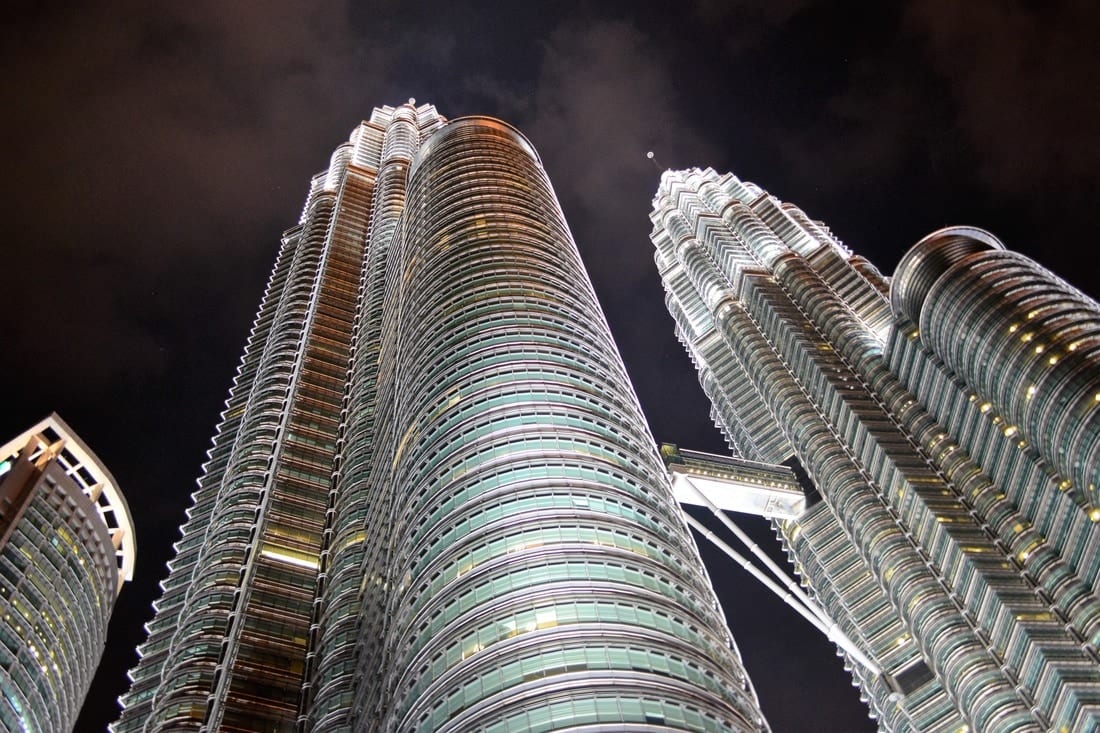
Guide to the Best Neighborhoods in Kuala Lumpur: From the Iconic Petronas Towers to the Vibrant Markets of Chinatown and Little India, Discover the Must-See Attractions of the City
From Bali, we flew to Kuala Lumpur, the capital of Peninsular Malaysia, which turned out to be quite a surprise. Kuala Lumpur Airport is located about 60 kilometers south of the city center. We took a bus that drove along a highway surrounded by oil palm plantations.
Our first taste of Malaysia was Borneo. What Peninsular Malaysia has in common with Malaysian Borneo is multiculturalism, although it was immediately clear to us that, while there are many different cultures, they live more separately here compared to Borneo.
There are different neighborhoods for different cultures, different restaurants for different ethnic groups, and so on. Of course, anyone can eat and drink wherever they want, but Indians will generally prefer to dine at an Indian restaurant, and the Chinese at a Chinese restaurant, and so forth. However, we have never seen restaurants offering multiple cuisines to accommodate everyone.
We spent about a week in Kuala Lumpur waiting for a visa for Thailand, and in this guide, we’ll talk about the most interesting things to do and see in the various districts of the city, which is not just about the Petronas Towers.
1. KLCC (Kuala Lumpur City Centre)
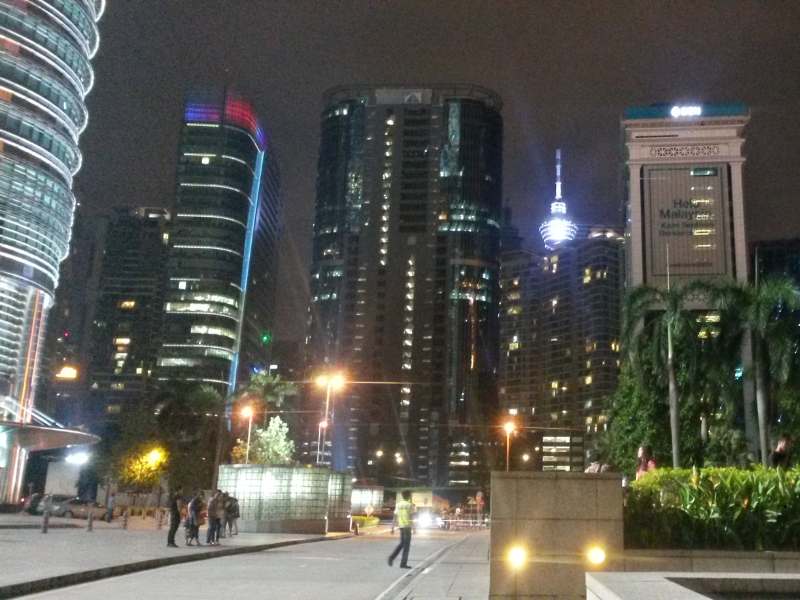
The city center is very modern, with numerous malls that only sell computers. Kuala Lumpur is definitely one of the cheapest places in the world to buy electronics. Then there are the Petronas Towers, two towers connected by a sky bridge, standing 452 meters tall. From 1998 to 2004, they were the tallest towers in the world. They’re truly impressive and beautiful, especially at night when they are illuminated. You can visit the observation deck, but there’s a fee.
- Petronas Twin Towers: The most famous symbol of Kuala Lumpur, featuring an observation deck and a sky bridge between the two towers.
- KLCC Park: A lush park in the heart of the city, ideal for a stroll or a picnic with views of the towers.
- Suria KLCC: One of the largest shopping malls in the city, located at the base of the Petronas Towers, offering luxury stores and restaurants.
- Aquaria KLCC: A modern aquarium housing a wide variety of marine species, perfect for families.
2. Bukit Bintang
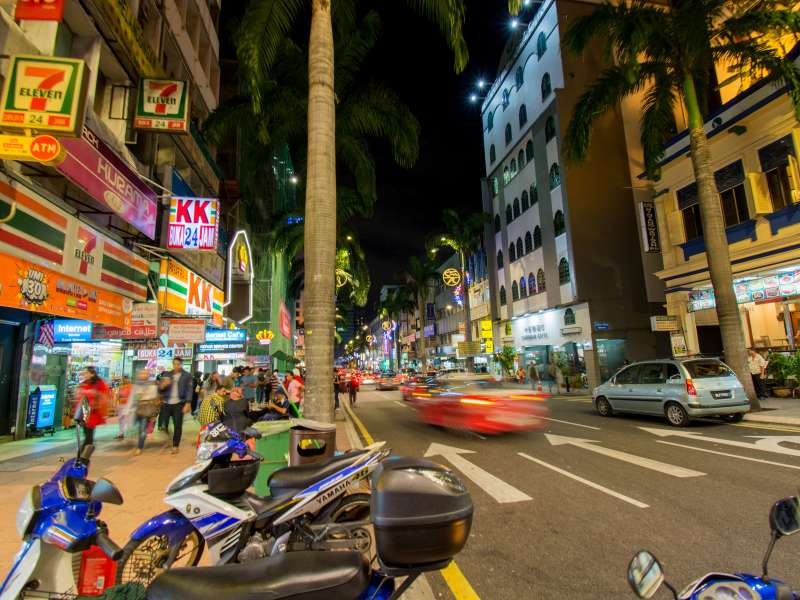
- Pavilion KL: A popular luxury mall with international brands, dining options, and a famous Christmas display during the holidays.
- Jalan Alor: A bustling food street full of stalls offering Malaysian, Chinese seafood, and other Asian delicacies.
- Lot 10 Hutong: A food court that brings together some of Malaysia’s most famous street food vendors in an air-conditioned setting.
- Changkat Bukit Bintang: A lively street filled with bars, clubs, and lounges, one of the main nightlife hotspots in the city.
3. Chinatown (Petaling Street)
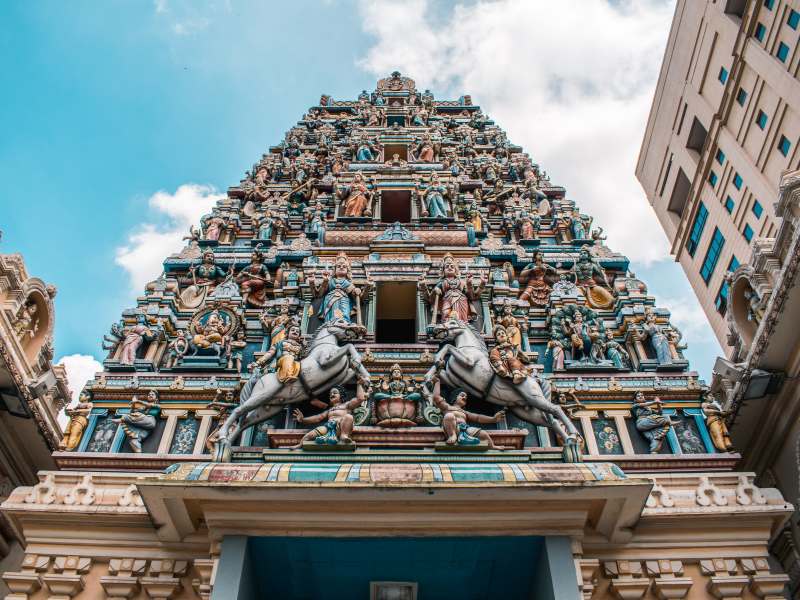
- Petaling Street Market: Famous for its night market, where you can buy everything from souvenirs to street food.
- Central Market: A cultural and artistic hub where you can find works from local artisans and unique souvenirs.
- Sri Mahamariamman Temple: The oldest Hindu temple in Kuala Lumpur, a vibrant and colorful place often filled with devotees.
- Guan Di Temple: A historic Chinese temple known for its intricate architecture and spiritual atmosphere.
4. Little India (Brickfields)
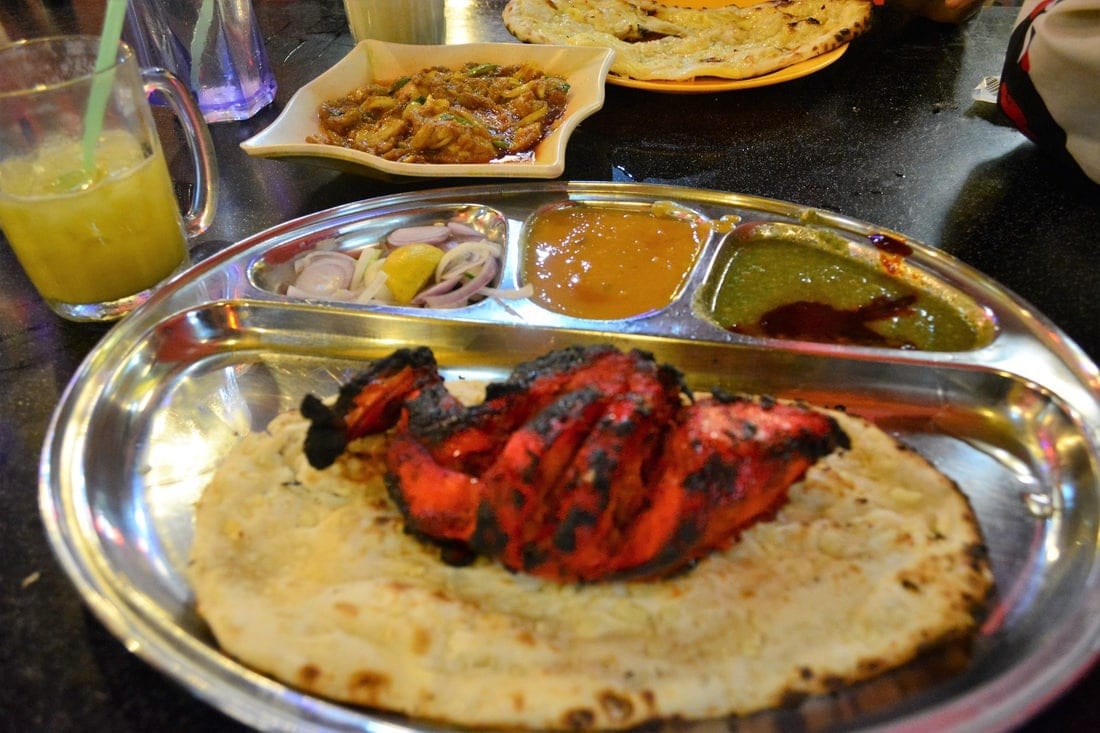
- Jalan Tun Sambanthan: The main street of Little India, full of shops selling Indian spices, saris, and jewelry.
- Sri Kandaswamy Temple: A beautiful Hindu temple known for its elaborate sculptures and vibrant colors.
- Vivekananda Ashrama: A historic monument and spiritual center dedicated to Indian spiritual leader Swami Vivekananda.
- Local Indian Restaurants: Try banana leaf rice or a variety of authentic Indian sweets and snacks.
5. Bangsar
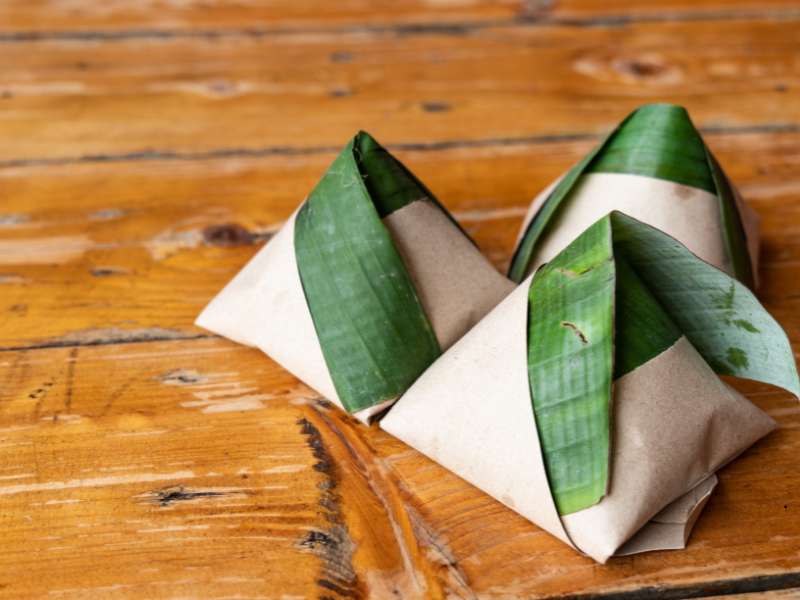
- Bangsar Village: A popular shopping center with boutiques, local designer stores, and cozy cafes.
- Telawi Streets: Known for trendy cafes, upscale restaurants, and bars, offering a more relaxed nightlife experience.
- Art Galleries and Boutiques: Bangsar is known as a trendy arts district with a range of galleries and concept stores.
- Nasi Lemak at Village Park: A must-try for this iconic Malaysian dish.
6. Kampung Baru
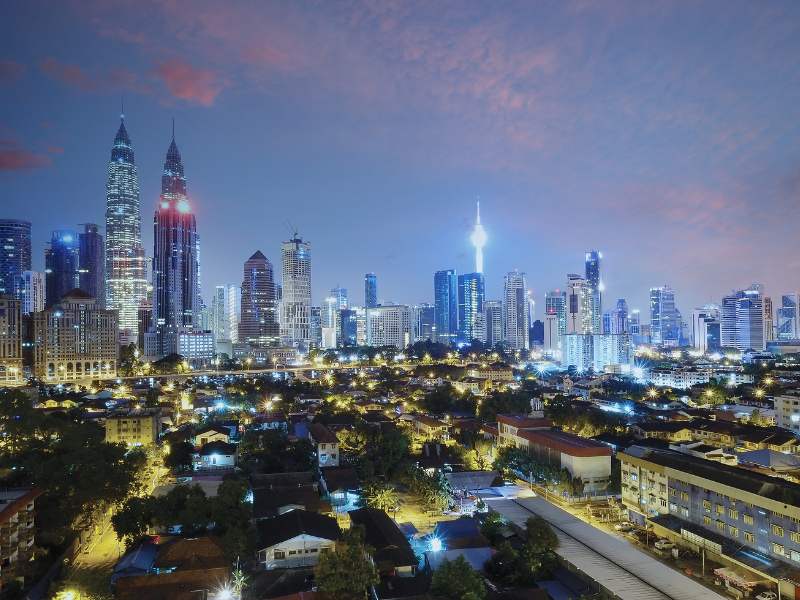
- Traditional Malay Houses: This neighborhood offers a glimpse of Kuala Lumpur’s past, with wooden Malay houses standing amidst modern skyscrapers.
- Kampung Baru Night Market: A market offering traditional Malay food, street snacks, and handmade crafts.
- Masjid Jamek Kampung Baru Mosque: A picturesque mosque reflecting Malay architectural influences.
7. Taman Tun Dr. Ismail (TTDI)
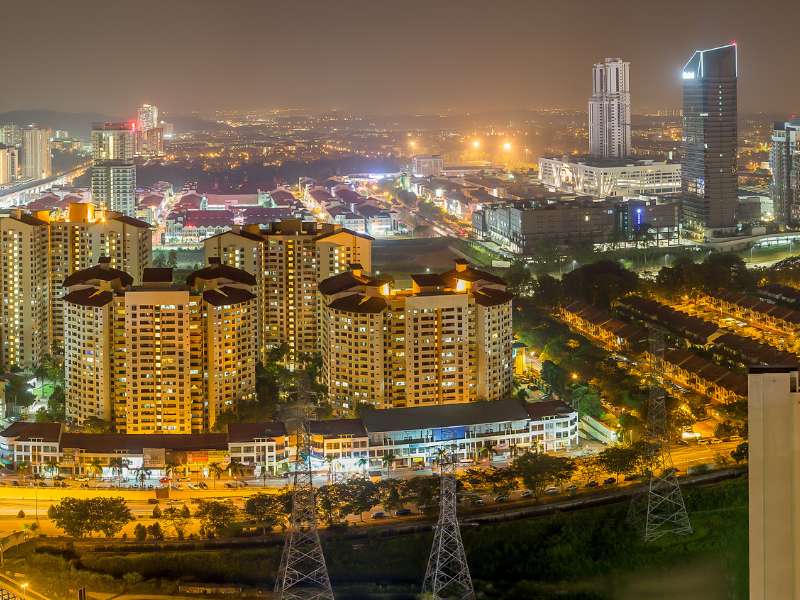
- TTDI Market: One of the best local markets in Kuala Lumpur, known for the freshness of its produce, seafood, and Malaysian snacks.
- TTDI Park: A peaceful green space with jogging paths, ideal for a morning walk or picnic.
- The Roof: A rooftop bar offering panoramic views of the city and Petaling Jaya, perfect for an evening with a great atmosphere.
8. Mont Kiara
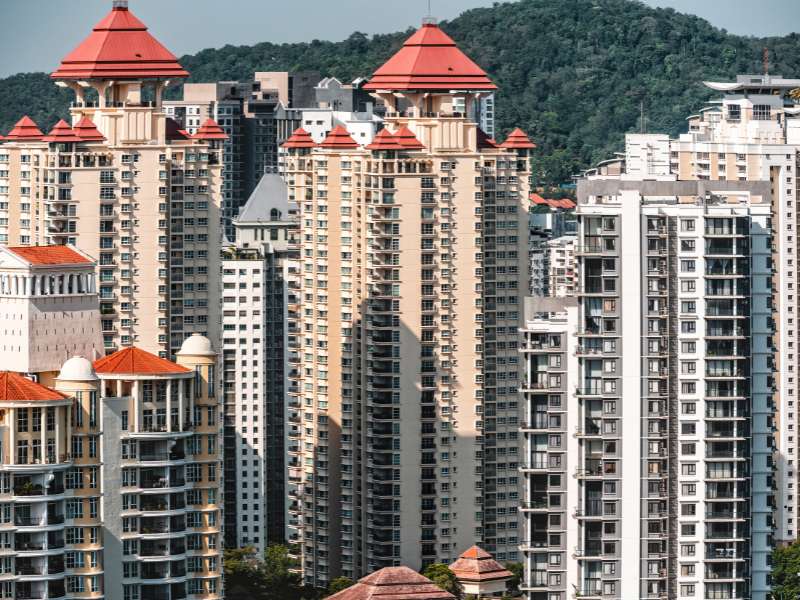
Mont Kiara is an upscale residential area located about 10 kilometers from the city center, known for its high-rise condominiums and large expatriate community. It’s a popular area for those looking for luxury living with easy access to shopping and international dining options.
- 1 Mont Kiara: A shopping mall popular among expatriates, featuring international brands and a variety of restaurants.
- Publika: A stylish shopping complex and art gallery that hosts events, performances, and art installations, making it a vibrant cultural space.
- Kiara Park: A serene park perfect for jogging, walking, or simply relaxing in the greenery.
- Mont Kiara International School: This area is home to many expatriates, with a large international school that draws families from around the world.
9. Perdana Botanical Gardens
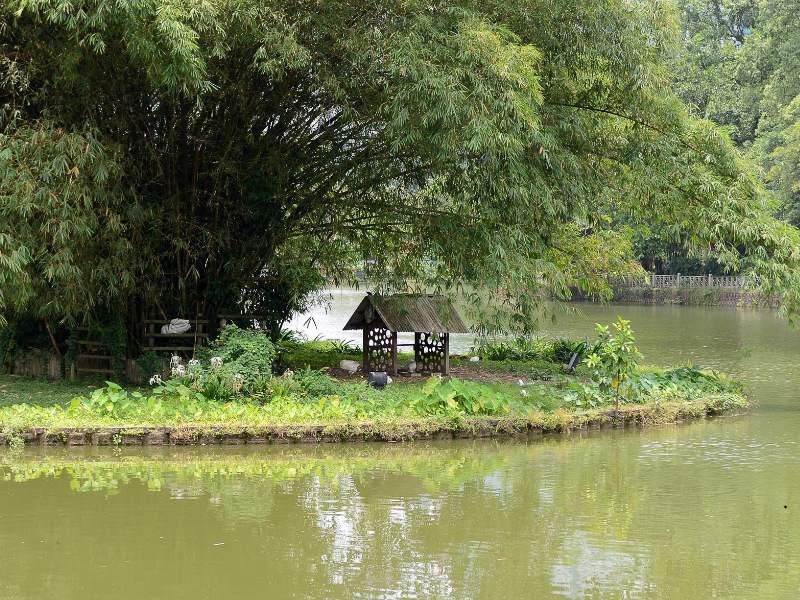
Ampang is a suburban district east of the city center, offering a mix of cultural experiences due to the large expatriate and diplomatic communities living here. It’s a quieter part of the city, but still has plenty of restaurants, cafes, and green spaces to explore.
- Great Eastern Mall: A popular shopping center offering a range of international and local brands, along with plenty of dining options.
- Korean Village: This part of Ampang is home to many Koreans, with an abundance of Korean restaurants, supermarkets, and shops.
- Embassy Row: Ampang is known for its concentration of embassies and diplomatic missions, making it a key international hub.
- Ampang Recreational Park: A family-friendly park with playgrounds, jogging paths, and picnic spots.


